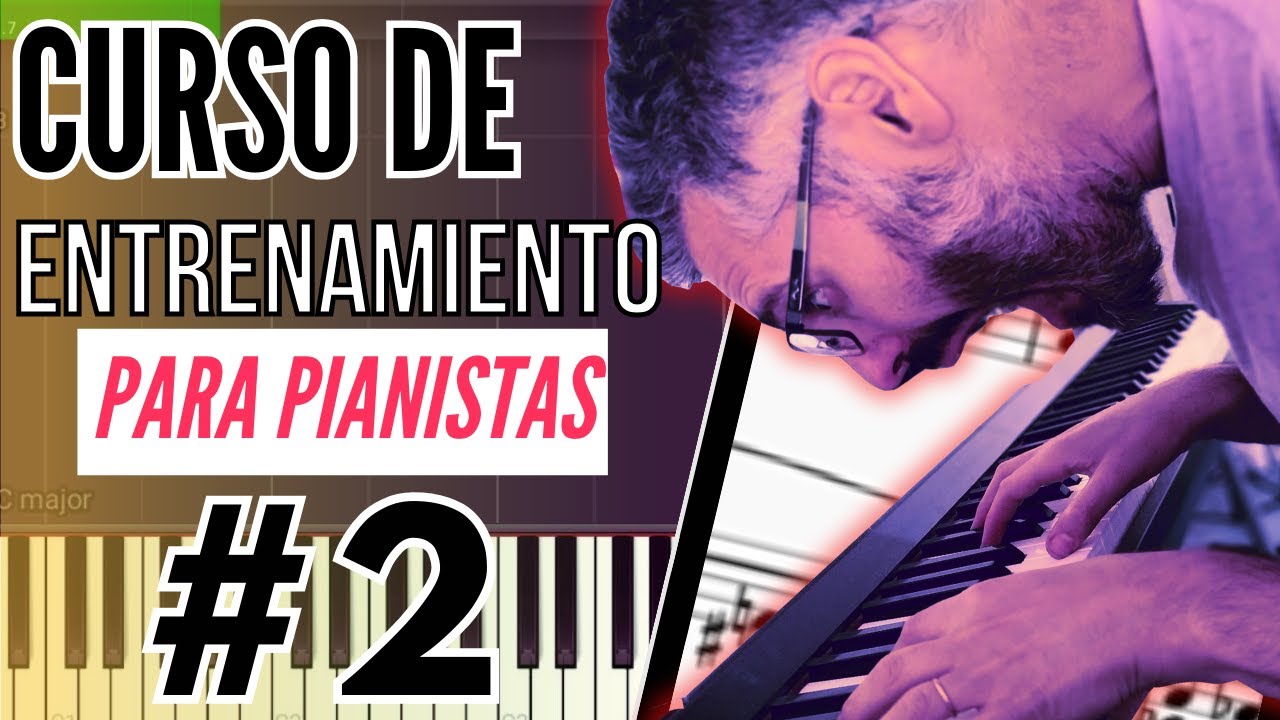4.1 riconoscimento dita video guida emiplegia sinistra PRESA
Summary
TLDREl guión detalla un ejercicio terapéutico progresivo diseñado para ayudar a los pacientes a reconocer el movimiento y distinguir los distintos dedos de la mano. Comienza con la simple detección del inicio y finalización del movimiento de un dedo, y avanza gradualmente hacia el reconocimiento de qué dedo se mueve y en qué dirección. El ejercicio se lleva a cabo en varios niveles de dificultad creciente, con el objetivo final de preparar al paciente para ejercicios más avanzados de recuperación de la función de la mano y la capacidad de agarrar objetos. El terapeuta ofrece retroalimentación constante y adapta el ejercicio según las necesidades del paciente.
Takeaways
- 👥 El ejercicio es crucial para preparar al paciente para mover su mano, enfocándose en la conciencia del movimiento y la presencia de los dedos.
- 🪑 El paciente debe estar sentado frente a una mesa con las manos sobre la superficie para facilitar los movimientos delicados por parte del terapeuta.
- 🖐️ En casos de hipertonía marcada, se recomienda ajustar la postura del paciente para facilitar el movimiento de los dedos.
- 👆 El primer nivel de calibración implica que el paciente reconozca el inicio del movimiento de un dedo con los ojos cerrados.
- 🔢 Los niveles de calibración avanzan de reconocer el inicio del movimiento a identificar cuál dedo se mueve y la dirección del movimiento.
- 👍 Es fundamental ofrecer retroalimentación al paciente sobre el tiempo de percepción del movimiento para mejorar su sensibilidad.
- 👉 A medida que el paciente progresa, se introducen movimientos más complejos y se incluyen más dedos en los ejercicios.
- 🔄 En niveles superiores, se agrega la identificación de la dirección del movimiento (vertical, horizontal, circular).
- 🕒 El tiempo de respuesta del paciente es un indicador de su nivel de sensibilidad y se debe tomar nota durante los ejercicios.
- 🚀 Al alcanzar el noveno nivel de calibración, el paciente está listo para avanzar a ejercicios de mayor categoría para recuperar la funcionalidad de la mano.
Q & A
¿Cuál es el propósito principal del ejercicio de reconocimiento de dedos?
-El propósito principal es preparar al paciente para mover su mano de manera distinta, ayudándolo a reconocer la presencia y el movimiento de sus dedos.
¿Cómo se debe posicionar al paciente durante el ejercicio?
-El paciente debe estar sentado frente a una mesa con las manos descansando sobre la superficie. El terapeuta puede mover los dedos del paciente delicadamente, sujetando la punta del dedo.
¿Qué ajustes de posición se recomiendan si el paciente sufre de hipertonicidad marcada?
-Si el paciente sufre de hipertonicidad marcada, se recomienda mantener el antebrazo sobre dos cojines con la muñeca flexionada, lo que facilitará el movimiento de los dedos.
¿Cuál es el primer nivel de calibración del ejercicio?
-En el primer nivel, se le pide al paciente que determine cuándo se ha comenzado a mover un dedo, con los ojos cerrados.
¿Por qué es importante ofrecer retroalimentación al paciente sobre el tiempo transcurrido entre el inicio del movimiento y su percepción?
-Es extremadamente importante ofrecer retroalimentación sobre el tiempo transcurrido para que el paciente pueda ganar confianza con las sensaciones que recibe de su mano.
¿Cuál es el segundo nivel de calibración?
-En el segundo nivel, se incluyen todos los dedos de la mano, dividiendo equitativamente el tiempo dedicado al movimiento de cada dedo.
¿En qué consiste el tercer nivel de calibración?
-En el tercer nivel, se le pide al paciente que determine no solo cuándo comienza el movimiento, sino también cuándo se detiene.
¿Cuál es el cuarto nivel de calibración?
-En el cuarto nivel, el paciente debe determinar qué dedo se está moviendo, inicialmente limitado al pulgar y el meñique.
¿Qué se agrega en el quinto nivel de calibración?
-En el quinto nivel, se incluye el dedo medio en los dedos que el paciente debe reconocer.
¿Qué nuevos elementos se introducen en los niveles superiores de calibración?
-En los niveles superiores, se introduce el reconocimiento de la dirección del movimiento (vertical, horizontal y circular) y se incluyen todos los dedos de la mano.
Outlines

This section is available to paid users only. Please upgrade to access this part.
Upgrade NowMindmap

This section is available to paid users only. Please upgrade to access this part.
Upgrade NowKeywords

This section is available to paid users only. Please upgrade to access this part.
Upgrade NowHighlights

This section is available to paid users only. Please upgrade to access this part.
Upgrade NowTranscripts

This section is available to paid users only. Please upgrade to access this part.
Upgrade NowBrowse More Related Video

MANO de ESQUELETO ARTICULADA, cómo se hace | Te Digo Cómo

7.11 Ejercicio de reconocimiento de las esponjas

Curso GRATUITO de técnica pianística ( Ep.2 ) 🔥Guía DEFINITIVA para mejorar en el PIANO🎹

Ejercicio para la mano: Las "olitas" | Rehabilitación neurocognitiva

4.8 Ejercicio de reconocimiento de la articulación

Músculos epicondilares
5.0 / 5 (0 votes)
